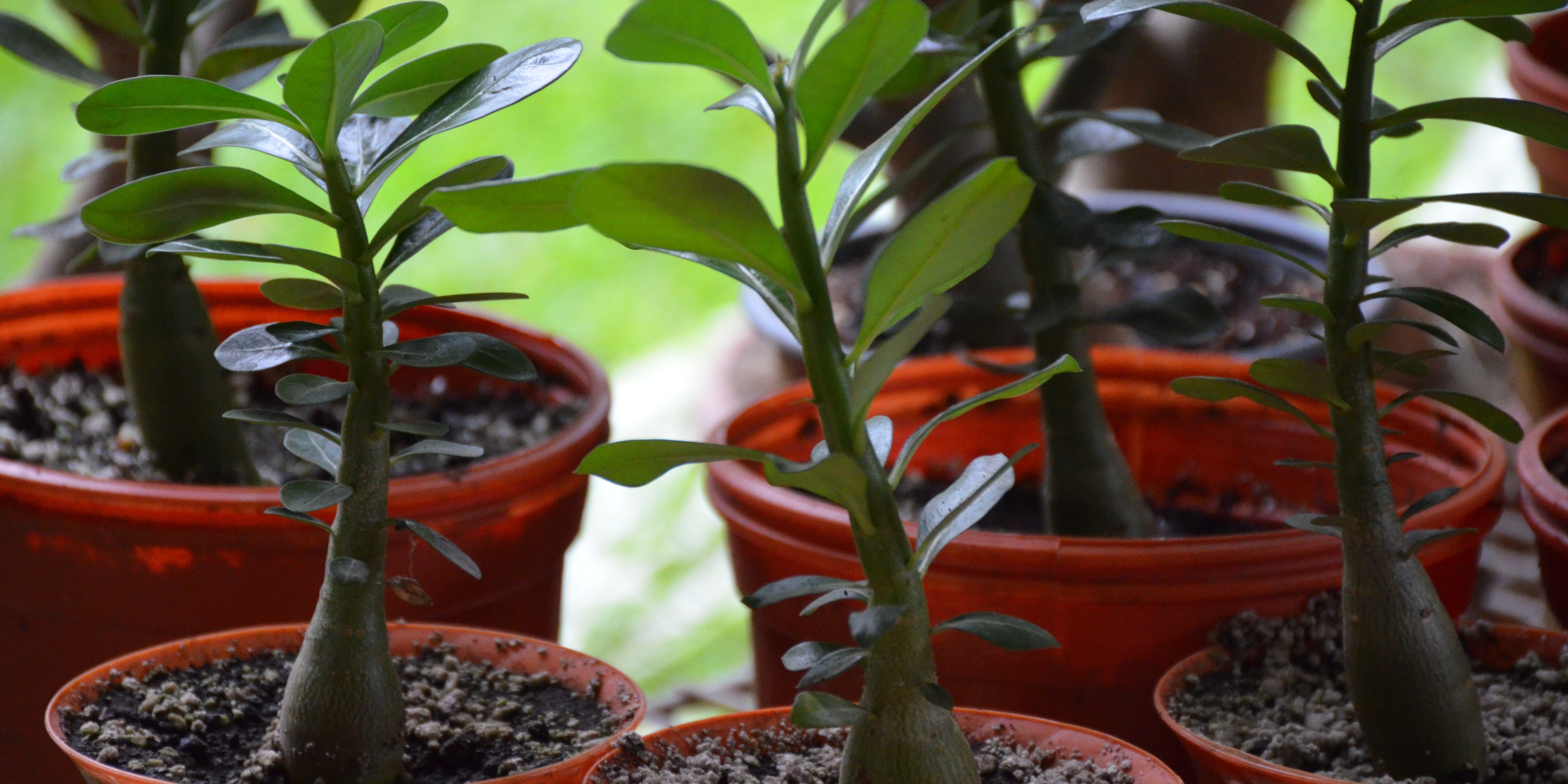Everything You Need To Know About Jade Plants
Jade plants, also called Crassula ovata, are like a friendly companion for your home. They’re originally from South Africa and Mozambique but are now found in homes worldwide. These plants have thick, round leaves that hug a central stem, usually deep green but sometimes with a reddish tint. They can grow quite tall, but you can trim them to keep them cozy.
Characteristics 
Description of Appearance
Imagine a cute, chubby plant with shiny green leaves growing in pairs on its branches. It looks like a mini tree with a thick trunk and lots of chubby branches. These leaves store water, so it’s like they’re always prepared for a dry spell.
Types and Varieties
There are different kinds of jade plants, each with its special features. For example, there’s one called the Red Jade Tree, which has red tips on its leaves, and another called the Silver Jade Plant, which has blue-gray leaves with red edges. They’re like a family with unique personalities.
Growth Habits and Size
Jade plants can live for ages and grow big in their natural homes, up to 6 feet tall! But indoors, they usually stay smaller, around 1.5 to 2.5 feet tall. As they grow, they start to look like tiny trees, which is super cute.
Growing Conditions
Light
Jade plants love sunlight, so it’s like they’re soaking up sunshine for at least six hours a day, especially from a sunny window.
Temperature and Humidity
They’re like Goldilocks – they prefer it not too hot, not too cold, just right! Around room temperature is perfect, with some fresh air circulation, but they’re not too picky about humidity.
Soil and Potting
They like their soil light and airy, like fluffy clouds, so a special succulent mix works best. And don’t forget a pot with a drainage hole, so their roots don’t get waterlogged!
Watering
They’re like thirsty little sponges in the spring and summer, but in the winter, they like to sip water slowly, maybe just once a month. And they prefer a gentle drink from below, so their leaves stay dry and healthy.
Pruning and Maintenance
Trimming
Just like getting a haircut, jade plants need a little trim now and then to keep their shape and stay healthy. They’re cool with it, though – it doesn’t hurt!
Repotting
They’re like homebodies, preferring to stay in their pot for a few years before moving to a bigger one. And they like a little fresh soil on top every year to keep them feeling fresh!
Pests and Diseases
They’re not fans of bugs, especially mealybugs. But a little soap or oil can help get rid of them. And they’re not big fans of soggy feet either, so it’s important to let their roots breathe.
Benefits of Jade Plants
Clean Air
These plants are like little air purifiers, making your home fresher and healthier to breathe in.
Good Vibes
People say having jade plants around brings good luck and happiness, like having a lucky charm in your home.
Looks and Feels Good
With their shiny leaves and cute shapes, jade plants add a touch of nature and beauty to any room, making it feel cozy and inviting.
Conclusion
In closing, Jade plants aren’t just decorations – they’re like friendly companions adding beauty and good vibes to our homes. By giving them a little light, water, and care, they thrive and bring us joy. Plus, they help keep our indoor air fresh and symbolize good luck. So let’s cherish our Jade plants for the happiness and connection they bring to our lives.
Here are some other blogs which make your Green Space more Greener!
- Gardening Calendar Blogs
- Sustainable Gifting Ideas
- Gardener Stories
- Garden Care Blogs
- Miniature Garden Decor
- Gardening Workshops
Have a look at some amazing Videos on Gardening that might help you!
- Tips on planting homegrown plants and creating art with them as a beginner.
- How to preserve, plant, and grow flower seeds in monsoon, winter, and other seasons.
- Growing different vegetables, winter vegetables especially, and tips and tricks to preserve.
- Preserving fruits such as strawberries, Papaya, watermelon, muskmelon, etc.
- Know all about microgreens using examples such as microgreen spinach, microgreen sunflower, microgreen mustard, microgreen flax, etc.
- Using gardening tools such as pots, trays, growing bags, moss sticks, watering cans, etc.
Here are some Workshops that might help you if you are new to Gardening!
- Convert your small space into a green jungle.
- How to upcycle DIY’s for home decor
- Watch our workshop on using biochemical enzymes instead of chemicals in gardening.
- Workshop on stepping towards sustainability.

